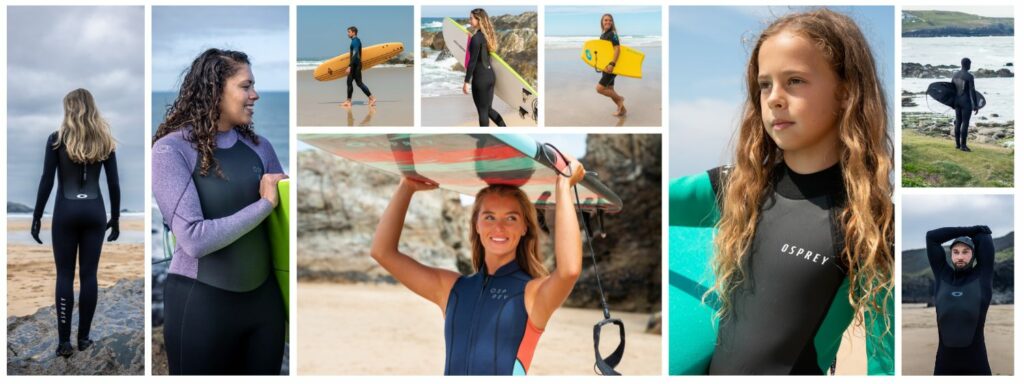Dive into the Perfect Fit: A Guide to Choosing the Right Wetsuit
Whether you're an avid surfer, a passionate scuba diver, or simply enjoy water sports, having the right wetsuit can hugely enhance your experience in the water. A wetsuit serves as your second skin, providing insulation, protection, and flexibility while you’re out in the surf. However, finding the perfect wetsuit can be a daunting task with so many options available. We’re here to simplify the process and guide you through the essential factors to consider when choosing the right wetsuit for your needs.
Identifying your main purpose for a wetsuit is the best place to start. Are you looking for a suit for a relaxing summer paddle boarding session, or are you looking for something hardy to ride the winter waves? Different water sports have varying demands and wetsuits are designed to meet these demands. The Long Jane for example, boasts sleeveless flexibility for easy movement when paddle boarding, whereas our Mens 6mm Zero suit provides super insulation for winter surf.
- Thickness & Temperature
Consider the water temperature of the locations where you'll be using your wetsuit. Wetsuit thickness is crucial for maintaining a comfortable body temperature when you’re out in the water. Thicker suits such as our range of winter wetsuits provide better insulation in colder waters, while thinner suits and shorty suits are ideal for warmer climates. Our handy buyers guide gives a great breakdown of which suits are best suited to which temperatures.
- Material and Construction
Neoprene is the most common material used in wetsuits due to its insulation properties. However, variations in neoprene thickness, quality, and construction techniques can impact a wetsuit's performance. Look for quality neoprene that offers flexibility, durability, and quick-drying capabilities. Our summer suits feature flatlock stitching, whereas our winter wetsuits benefit from glued and blind stitched seams making them watertight and durable.
- Fit and Sizing
Achieving the right fit is crucial for optimal wetsuit performance. A wetsuit should fit snugly but not be overly tight or restrictive. When trying on a wetsuit, pay attention to the length, torso, arms, and leg areas. A good fit ensures proper insulation and allows for a full range of motion. Check out our buying guide and wetsuit measuring video for a simple guide on how to find the right fit for you.
- Entry System
Wetsuits feature different entry systems, each offering its own advantages. The most common types include back zippers, chest zippers, and zip-free designs. Back and front zippers are both easy to take on and off and benefit from great water sealing. Zip-free wetsuits use stretchy materials and are known for their flexibility and comfort, these types of suits are great for sports such as triathlons. Consider the ease of entry, water sealing, and personal preferences when selecting the entry system.
Selecting the right wetsuit is essential for an enjoyable and comfortable time when you’re out in the water. By considering the purpose, temperature, materials, fit, and entry system, you can narrow down your options and make an informed decision. Remember, a well-fitting wetsuit that suits your needs will enhance your water sports experience and ensure you're well-equipped to dive into your favourite sport!

Have an old wetsuit but not sure what to do with it? Check out our wetsuit recycling initiatives for some cool ways that you can stop your used wetsuit heading to landfill and help our planet! ?

